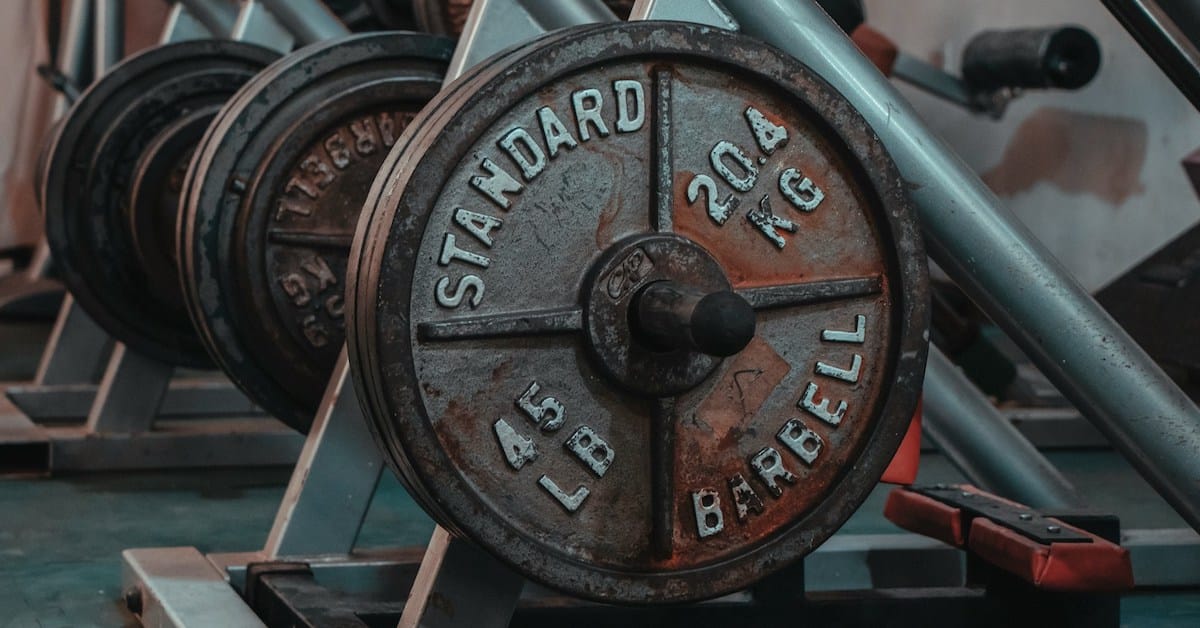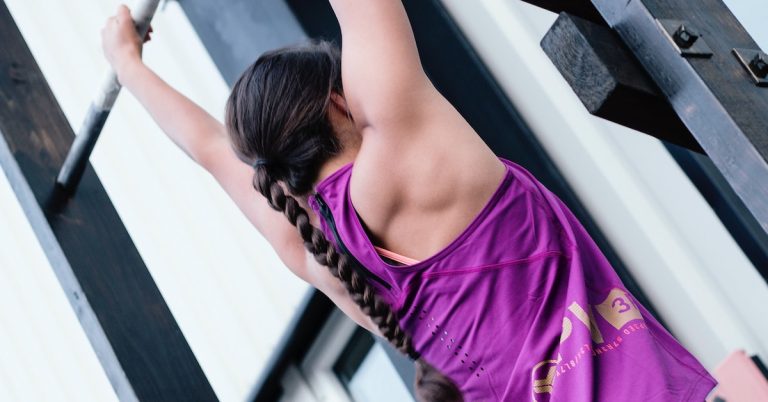Here’s a program that I designed to assess structural balance while training. Built into this routine are tests that involve specific norms from various strength authorities, including Al Vermeil, Bill Hartman, Charles Poliquin, Dan Wathen, Mike Boyle, and Dr. Stuart McGill. Here’s what it looks like:
Day 1
A1. Close-Grip Bench Press: 6 x 3 @ 40X0, 120s
A2. Mid-Grip Pull-Up: 6 x 3 @ 40X0, 120s
B1. Seated Press Behind The Neck: 4 x 3 @ 40X0, 120s
B2. Standing Mid-Grip EZ-Bar Reverse Curls: 4 x 6 @ 40X0, 120s
C1. Side-Lying Rear Deltoid Dumbbell Raise: 3 x 8 @ 30X0, 60s
C2. Bent-Over One-Arm 45º Dumbbell Raise: 3 x 8 @ 30X0, 60s
Day 2
A1. Back Squat: 6 x 3 @ 40X0, 120s
A2. Lying Feet-Inward Leg Curl: 6 x 6 @ 40X0, 120s
B1. Rear-Foot-Elevated Barbell Split Squat: 4 x 6 @ 40X0, 120s
B2. Semi-Stiff-Leg Barbell Deadlift: 4 x 6 @ 40X0, 120s
C. Side Bridge: 1 set held for maximum time
Day 3
A1. Parallel-Bar Triceps Dips: 6 x 3 @ 40X0, 120s
A2. Seated Preacher Medium-Grip Barbell Curl: 6 x 6 @ 40X0, 120s
B1. Incline Barbell Press: 4 x 3 @ 40X0, 120s
B2. Lying Dumbbell Triceps Extension: 4 x 6 @ 40X0, 120s
C1. Seated Dumbbell 30º External Rotation: 3 x 8 @ 30X0, 60s
C2. Bent-Over One-Arm Dumbbell Lateral Raise: 3 x 8 @ 30X0, 60s
Day 4
A1. Front Squat: 6 x 3 @ 40X0, 120s
A2. Lying Feet-Outward Leg Curl: 6 x 6 @ 40X0, 120s
B. Bent-Knee Deadlift: 6 x 3 @ 31X0, 240s
C. Prone Plank: 1 set held for maximum time, 180s
D. Back Extension: 1 set held for maximum time
This is a great way to kill two birds with one stone, i.e., to assess while training. Many professional athletes may take a full week or more to complete their structural balance testing, but that’s not necessary for all athletes. It can be done through training with this approach.
By the end of the routine, you simply pick out all the maximum values and determine which areas require the greatest attention. To estimate what your 1 repetition maximum (RM) strength would be on any of the major lifts, use 1.2 multiplied by the 6RM load and 1.08 multiplied by the 3RM load. Of course, the most accurate way to test for maximum strength is to perform a 1RM lift, but that involves a high risk of injury. A safer approach is to perform a 3RM for bilateral, multi-joint movements and a 6RM for the other movements of interest.
The program should be performed 4 days a week (e.g., Day 1 on Monday, Day 2 on Tuesday, Day 3 on Thursday, and Day 4 on Friday) and for 4 weeks maximum. It’s best to conduct the routine at the beginning of the year and then structure the athlete’s training according to the results.
I go into far more detail in my Beyond The Fundamentals Workshop, including a review of all the norms, the ratios between exercises, and several case studies. Sign up for our free e-newsletter to find out when I’ll be running that seminar next.
Tomorrow I’ll show you how to determine the optimal number of recovery days for major lifts like the squat, deadlift, bench press, pull-up, and parallel-bar dip.



